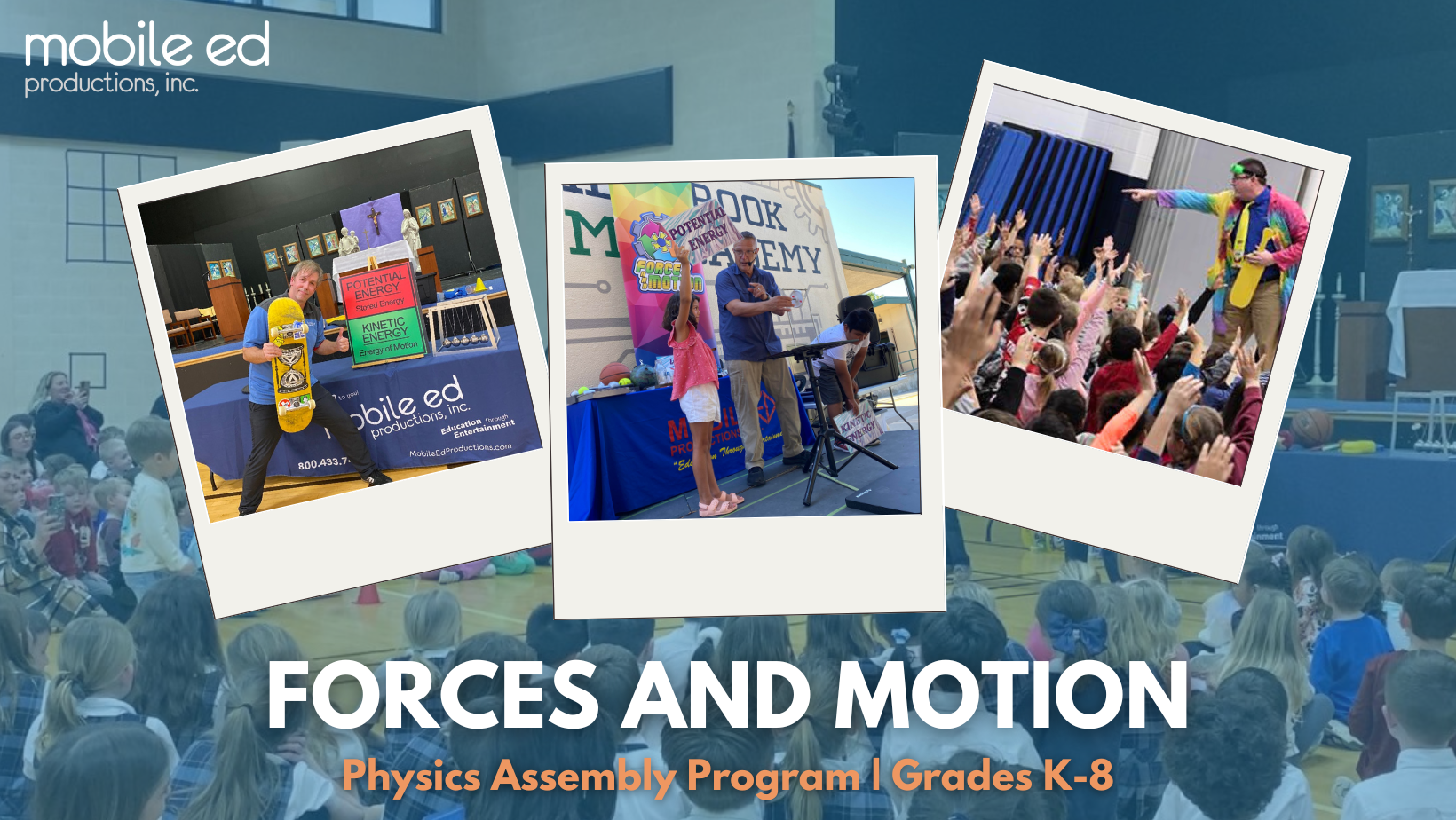
There’s something magical about learning outside. The sights, sounds, and textures of the natural world provide endless opportunities for discovery and exploration. Outdoor science projects invite kids to engage more of their senses, ask questions, and apply what they’ve learned in real-world settings. From backyard experiments to park-based investigations, nature becomes the ultimate science lab.
When science gets kids moving, digging, building, or observing, it becomes more than just a subject, it becomes an experience. These outdoor activities are easy to set up and work well for a variety of ages. Most importantly, they help kids connect with their environment while reinforcing key scientific concepts like observation, hypothesis testing, and data collection.
Try These 7 Outdoor Science Projects
Get kids outside, engaging their brains, and learning with hands-on science! These seven outdoor science projects are perfect for curious minds who love to explore. Whether at school, camp, or home, these experiments will spark curiosity, encourage critical thinking, and make science unforgettable! Let’s get busy creating some core memories!
1. Create a Solar Oven
Use a pizza box or other cardboard box, aluminum foil, and plastic wrap to create a DIY solar oven. Kids can test how well it melts s’mores or warms up snacks while learning about energy, sunlight, and heat transfer. It’s a great introduction to renewable energy and heat absorption.
2. Make a Weather Station
Set up simple tools like a rain gauge, wind vane, and thermometer to create your own weather station. Track daily weather conditions and identify patterns over time. This project builds observation and data collection skills and helps kids make real-world connections to the science of weather and climate.
3. Frozen Oobleck
Make classic oobleck by combining cornstarch and water, then freeze it in containers overnight. Bring it outside and explore how it behaves as it melts. Does it act like a solid, liquid, or something in between? This project introduces students to states of matter and the fascinating behavior of non-Newtonian fluids.
4. Build a Bottle Rocket
Use a plastic bottle, baking soda, and vinegar to launch a small rocket into the air. The reaction between the baking soda and vinegar builds up pressure, launching the bottle skyward. It’s a fun way to explore chemical reactions and Newton’s Third Law of Motion.
5. Nature Scavenger Hunt
Go on a natural scavenger hunt by creating a list of science-based challenges similar to the following: find something magnetic, something undergoing a change, something symmetrical, or something part of a food chain. This turns a simple nature walk into a full S.T.E.M. adventure while sharpening observation and critical thinking skills.
6. Shadow Tracking
Use chalk to trace and track shadows at different times of the day. Kids can track how shadows change in length and direction as the sun moves across the sky. This experiment helps them understand Earth’s rotation, time of day, and the relationship between light and objects.
7. Pendulum Painting
Create a simple pendulum by hanging a cup or small container with a hole in the bottom from a string. Fill it with watered-down paint, then let it swing over a large piece of paper (or even canvas or muslin) laid on the ground. The result is a beautiful pattern that demonstrates the science of motion, gravity, and momentum. This activity blends art and physics for a visually engaging lesson and, possibly, a neat piece of displayable art.
Why Outdoor Science Projects Matter in Education
Outdoor science isn’t just fun, it’s truly powerful. These projects promote inquiry-based learning, where students ask their own questions and find their own answers through exploration. This kind of hands-on, kinesthetic experience supports a deeper understanding of scientific principles and improves retention.

A Great Companion to Our Mobile Ed Science Programs
Mobile Ed loves getting students excited to learn! These outdoor science projects are a great way to extend the excitement and energy of Mobile Ed’s Forces and Motion program into the schoolyard, playground, or backyard. Forces and Motion introduces students to the core principles of physical science like gravity and inertia, and these hands-on, performer-guided activities give them the chance to see those principles in action.
Contact us for more information about what programs Mobile Ed can bring to your classroom or school. Our team looks forward to getting connected with you!







